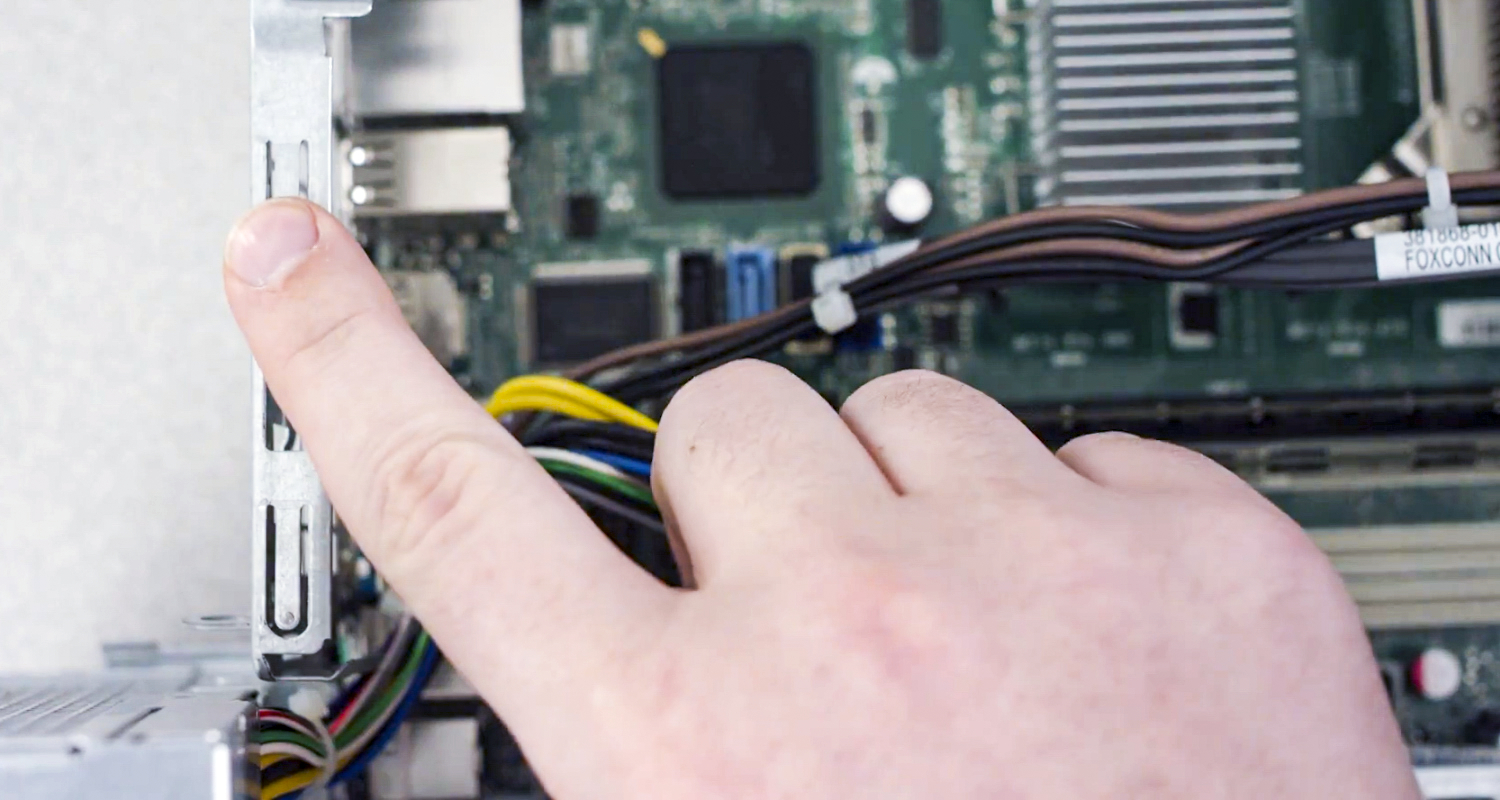How to upgrade your desktop RAM
Adding memory (RAM) to your desktop computer can instantly make your computer faster, increase system responsiveness, and make multitasking seamless. While upgrading your RAM is easy to do, it’s important to find out if your PC is capable of this type of upgrade before buying new RAM. There are also some important precautions to take before you begin the installation process.
Precautions before installation
When installing RAM, you need to be careful of static electricity, which can damage the components in your system. To protect your components and yourself during the installation process, you can either wear an electric static discharge (ESD) wrist strap or avoid touching any of the unpainted metal surfaces on your computer’s frame. Either method will safely discharge the static electricity that may have built up on your body.
You also need to handle memory modules very carefully. To protect your memory module, avoid touching the gold pins or components (chips). It’s best to hold the module by the top or side edges.
Now that you’re aware of the needed precautions, watch our tutorial or follow the steps below to learn how to upgrade your RAM.
10 easy steps to upgrade RAM on a PC
1. Prepare your space and gather supplies
To begin, clear your installation space and make sure you’re working in a static-safe environment. Remove any plastic bags or papers from your workspace. You can wear an ESD wrist strap for extra protection.

Next, you’ll need the following items:
- Your desktop computer
- Crucial® desktop memory
- Screwdriver
- Owner’s manual
2. Shut down your desktop computer
There’s no need to back up your computer before you begin the upgrading process. Your files, documents and data are stored on your storage drive, not your RAM, so they will remain intact and unaffected during your upgrade.
3. Unplug the power cable
To make sure you’re installing your new RAM as safely as possible, unplug any power cables. This includes any accessories that may be plugged into your computer.
4. Hold the power button for 5 seconds
Holding the power button discharges any residual electricity still in the system, which aids in the safety of the procedure.
5. Open the case
For instructions about opening your specific system, consult its owner's manual. You can also take pictures as you work through the process to see where cables or screws are attached to make it easier to put back together.
6. Ground yourself!

Touch an unpainted metal surface – this is an extra safeguard that protects your computer memory and components from static damage during the installation process.
Precautions before installation:
7. Remove existing memory modules
Press down on the clips on the sides of each module, the clip mechanism will push the memory module up. You can then pull the module completely out.
8. Install new RAM
Holding the modules along the edges, align the notches on the module with the ridge in the slot, then apply even pressure and firmly press the module in. It usually takes about 30 pounds of pressure to fully install the module.
Note: Some desktops require you to install modules in matched pairs (memory banks). If this is the case, the slots will likely be labelled for how the memory should be installed. If you only have two memory slots, don't worry about this - proceed with the simple install.
9. Close the computer case
This is where your pictures will come in handy! Put everything back together. Make sure that the computer case has been clicked back into place before turning your computer back on.
10. Plug in the power cable
Plug the power cable back in and restart your computer.
Your Memory is now Installed!
Boot up and enjoy a more responsive computer that’s now better equipped to run memory-intensive apps.
FAQs & Troubleshooting
Ready to upgrade but not sure what you need? Let's find out:
-
Look up my computer
3 step system selector
Fill in your system details below and we'll show you 100% compatible upgrades, guaranteed when you buy from Crucial.
-
Enter manufacturer:
-
Enter product line:
-
Enter model:
-
-
Run a scan
Get that new PC feeling!
Does your slow PC need a boost? Millions of customers have trusted the Crucial System Scanner to find memory and storage upgrades. In minutes, learn how much memory and storage your PC or Mac can support, then buy 100% guaranteed compatible upgrades with confidence.
People also viewed
How much RAM do you need for your computer memory
How much RAM do you need? 4GB, 8GB, 16GB, 32GB - or even 64GB? Find out if you need to increase your computer memory with the experts at Crucial.
Read articleHow to Build a Gaming PC
Find out how to build a gaming PC with Crucial. From the parts you need, to building a gaming PC on a budget, check it out now on our website.
Read moreExternal & Portable SSDs | 500GB, 1TB, 2TB, 4TB
Shop a wide range of external SSDs from 500GB, 1TB, 2TB, 4TB capacities. Expand your storage with a portable SSD from Crucial.
Read More